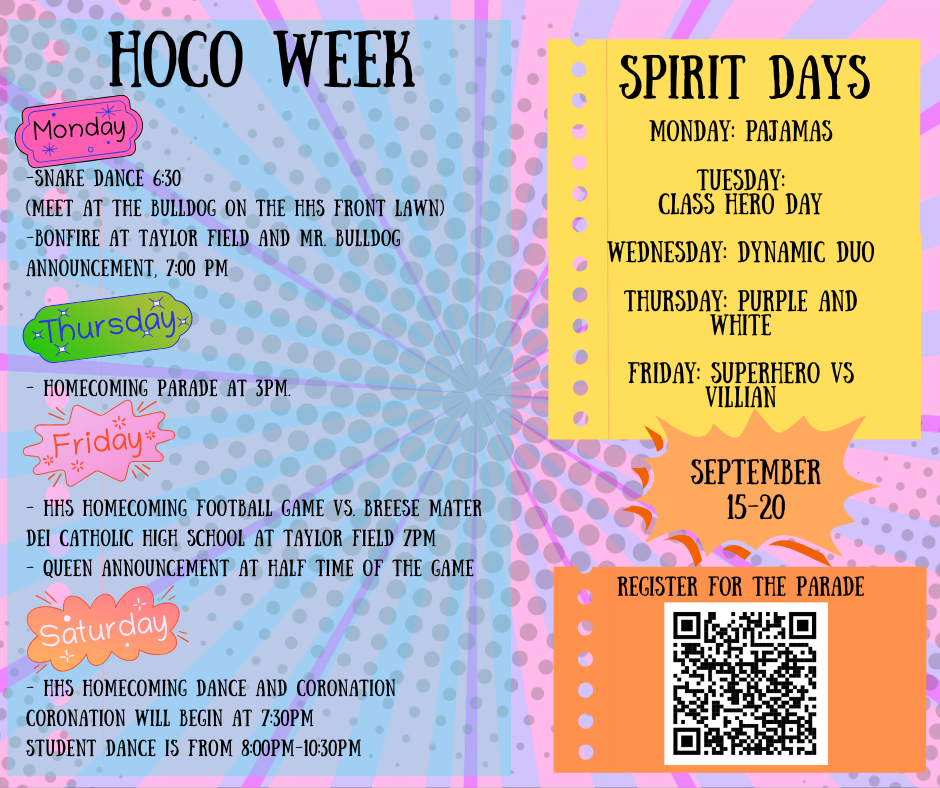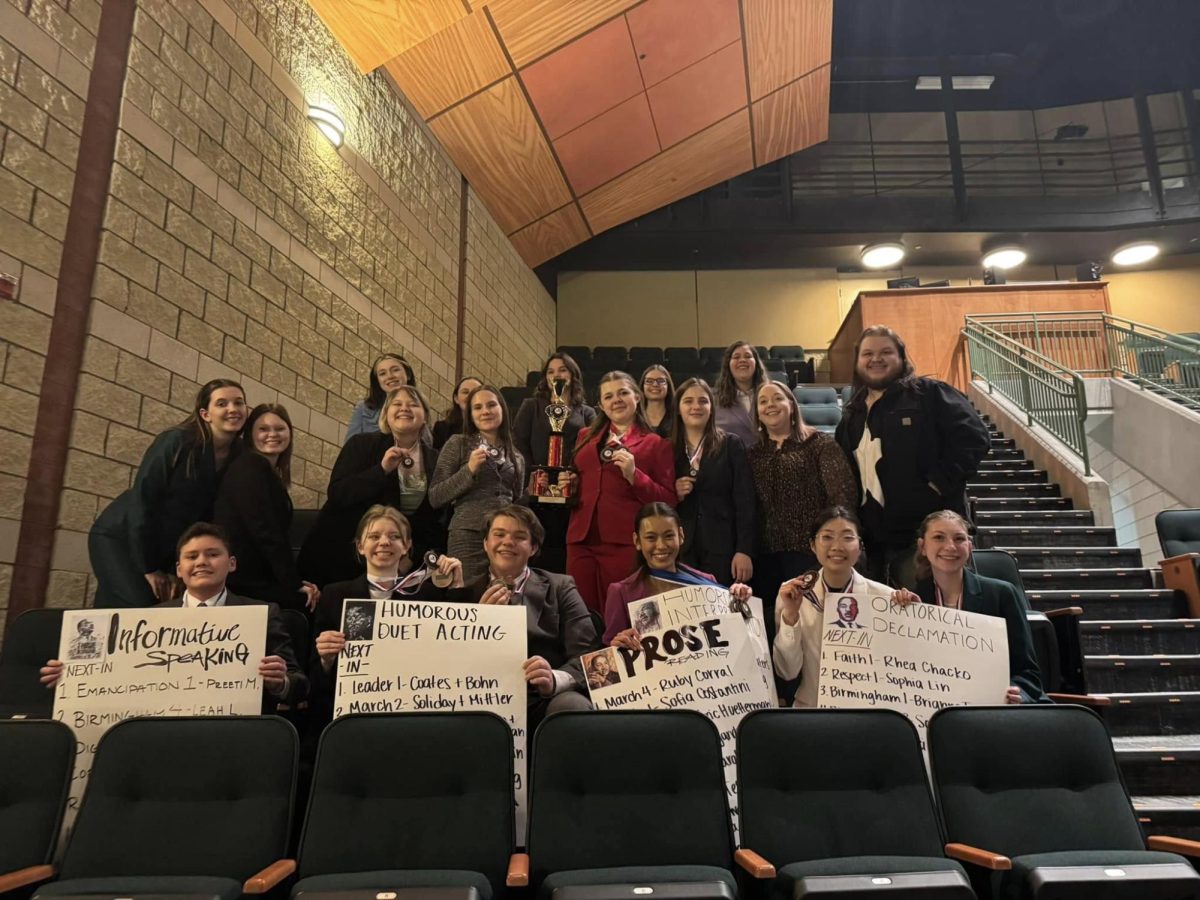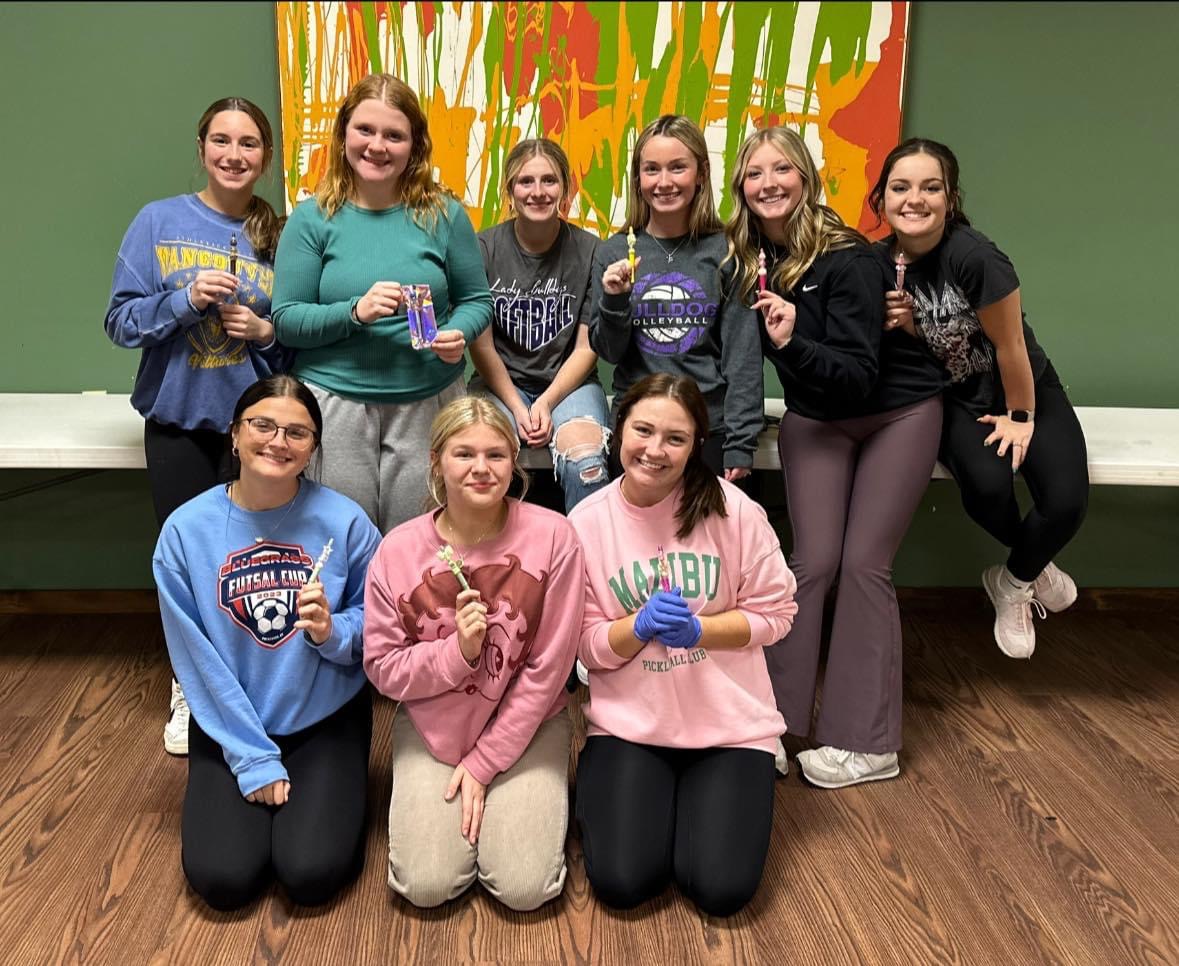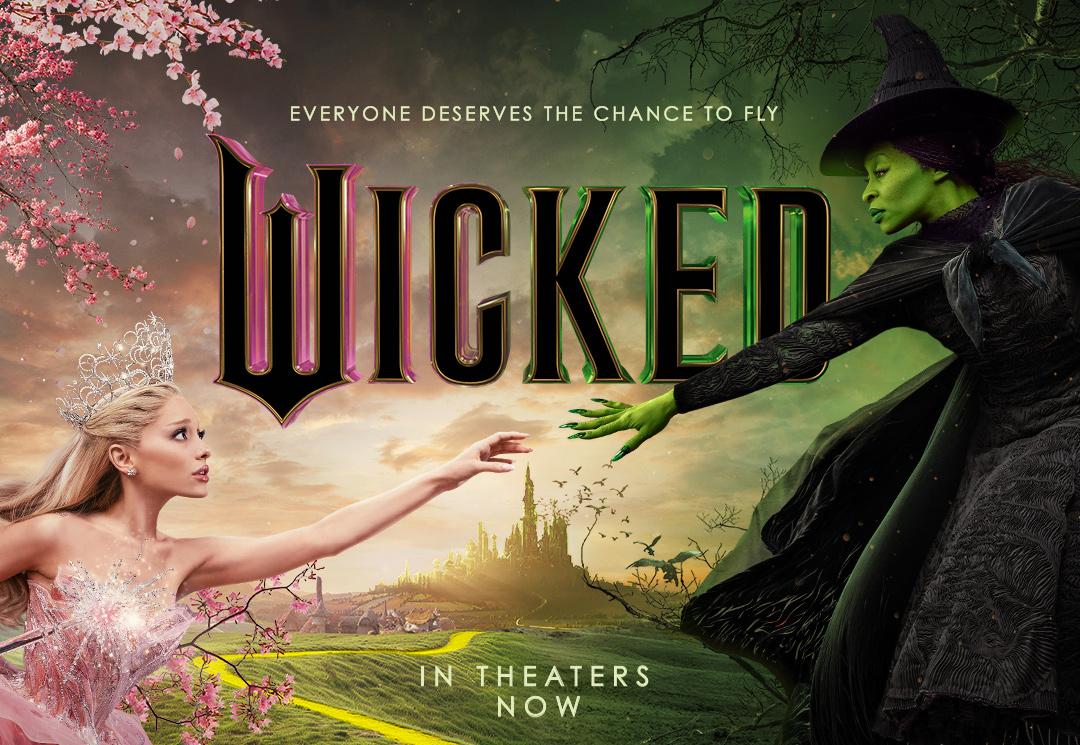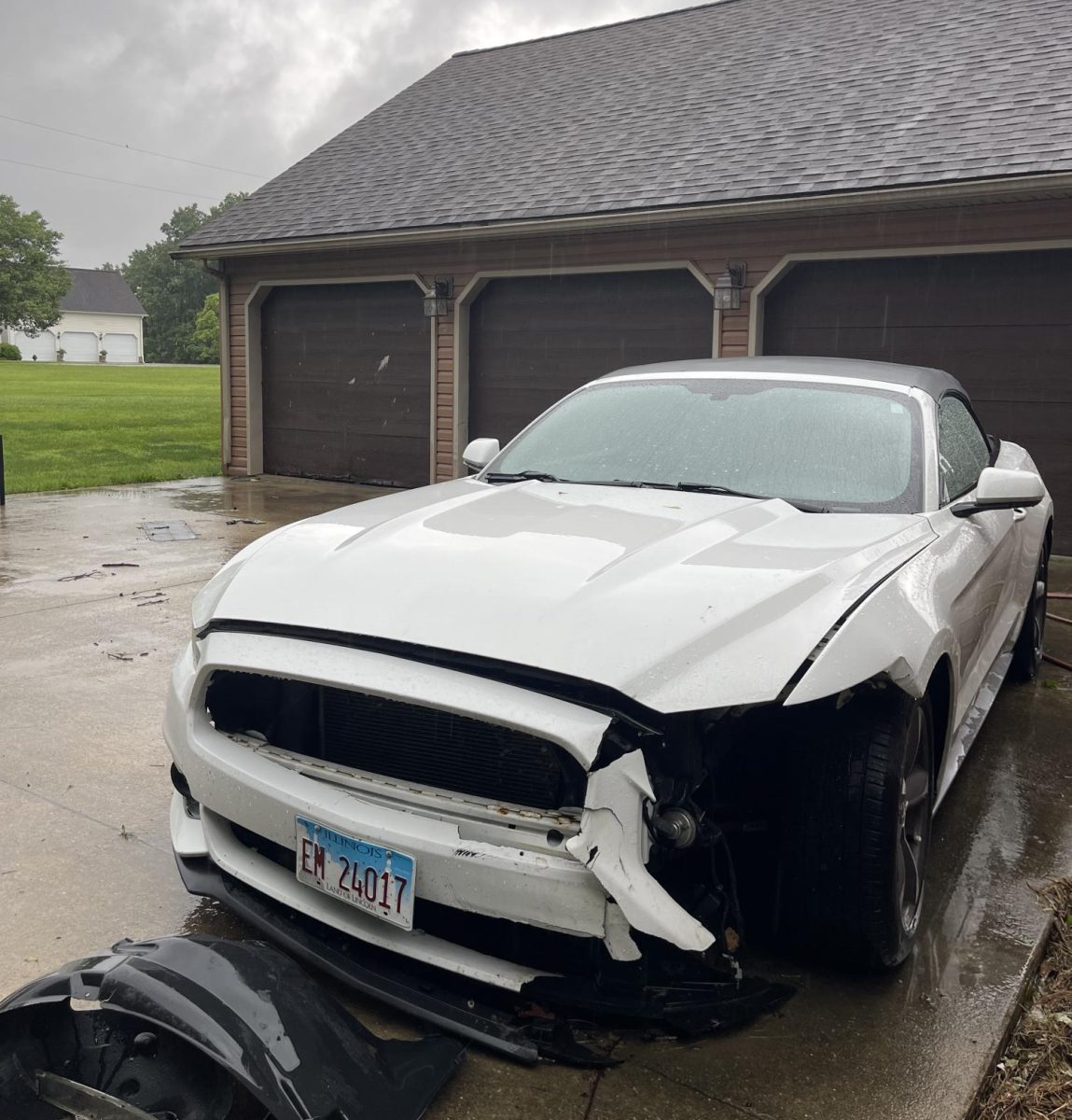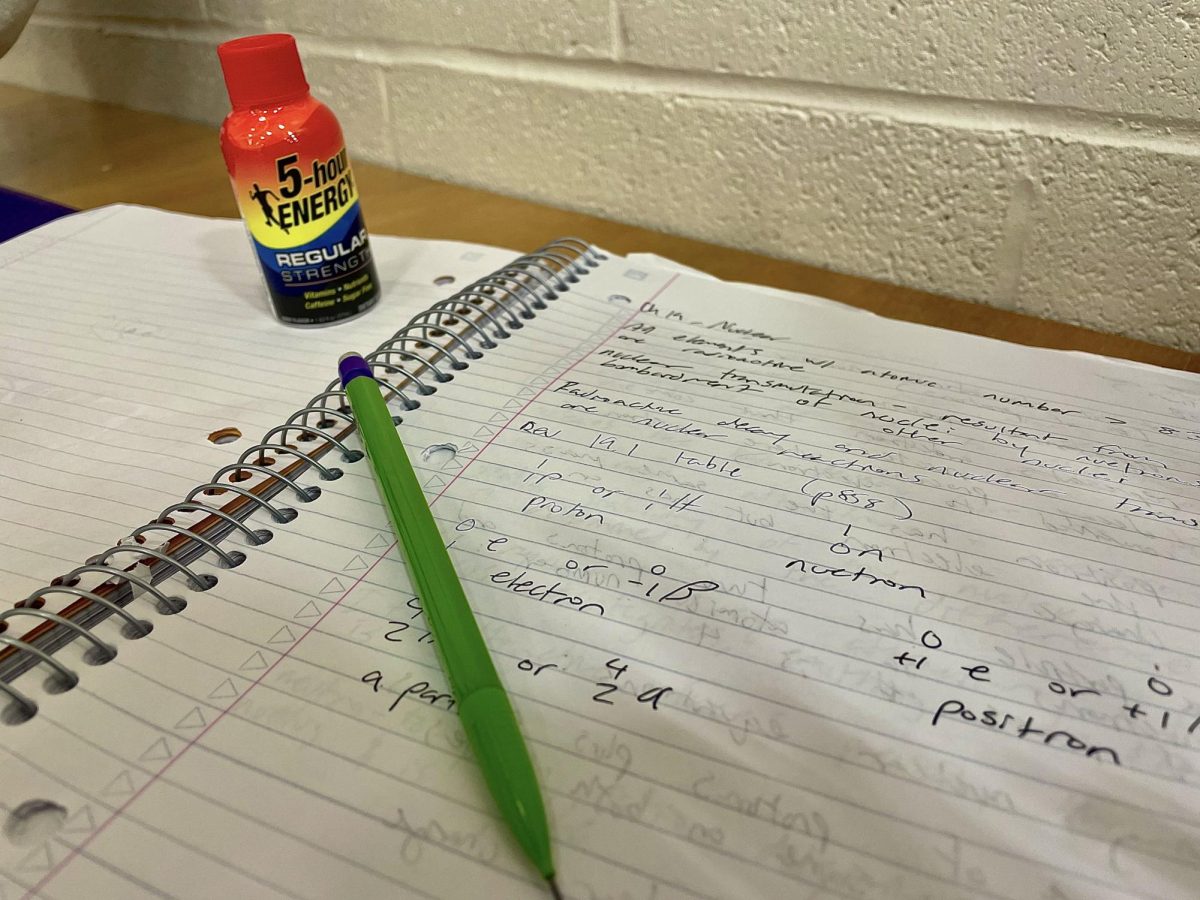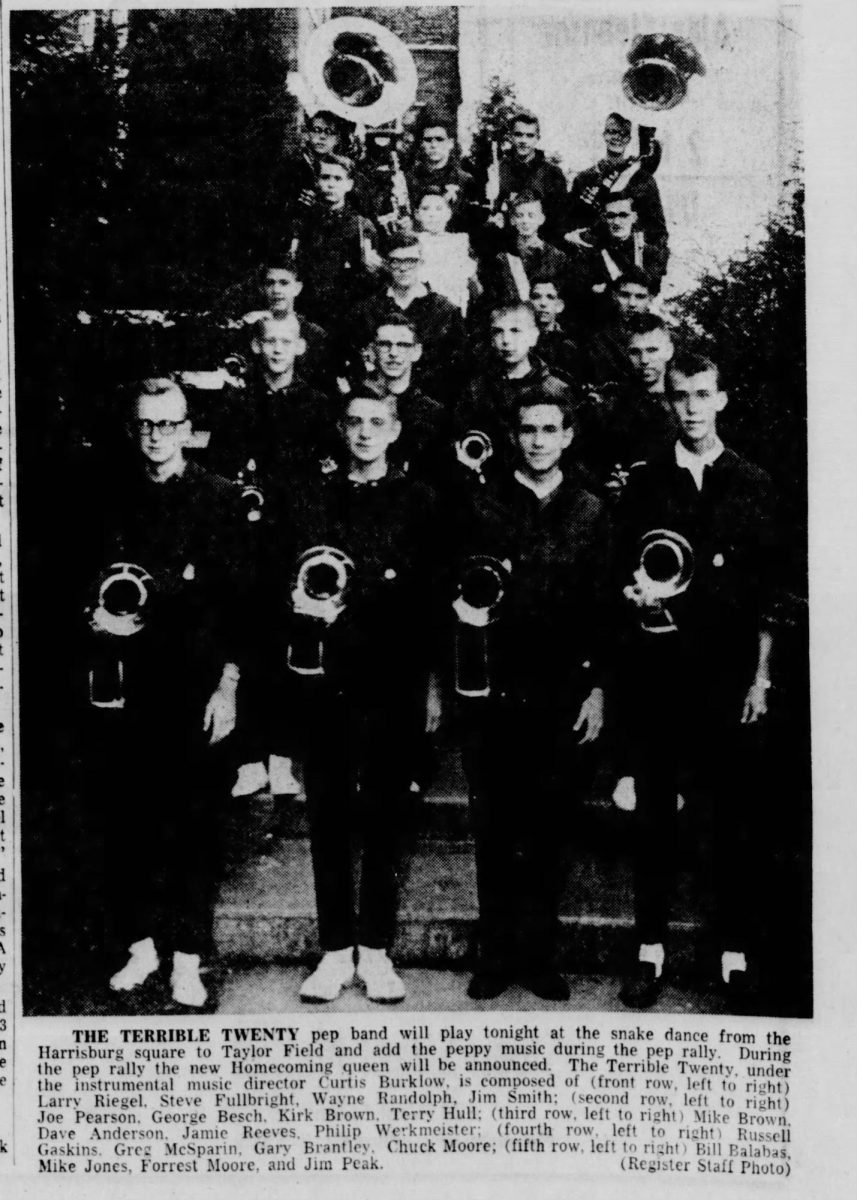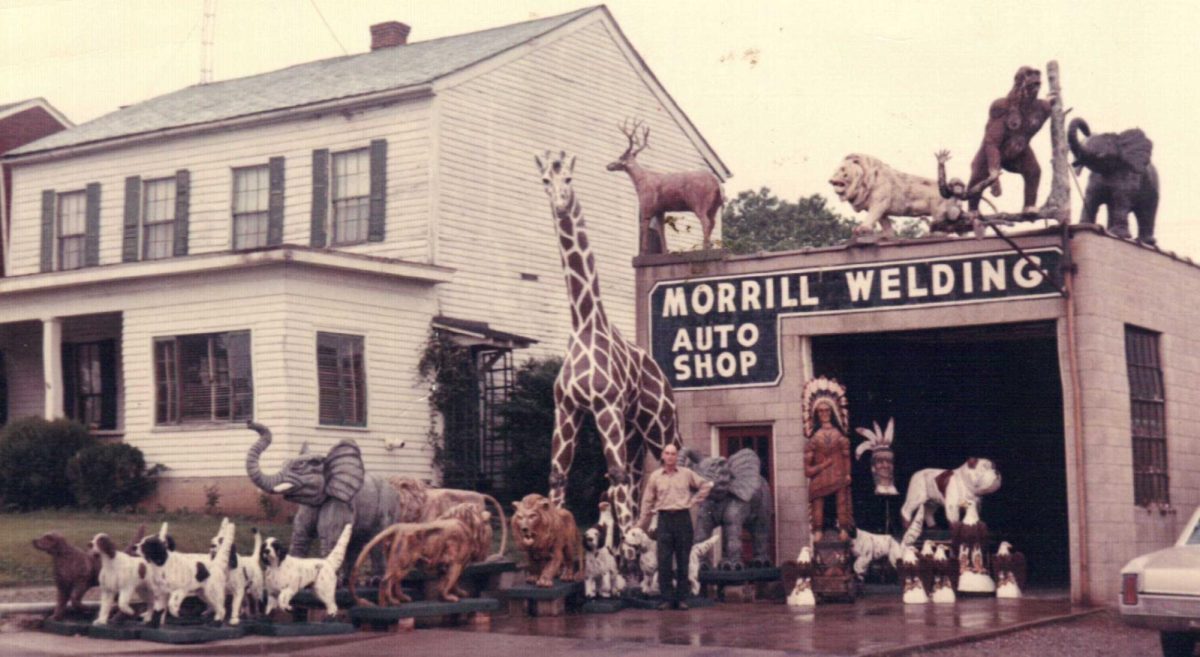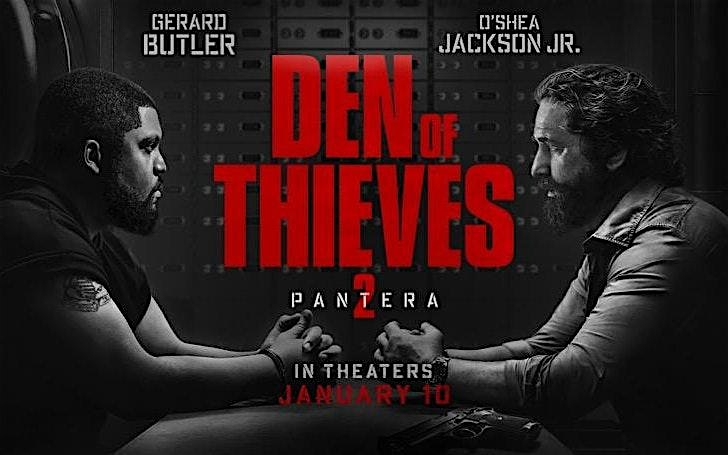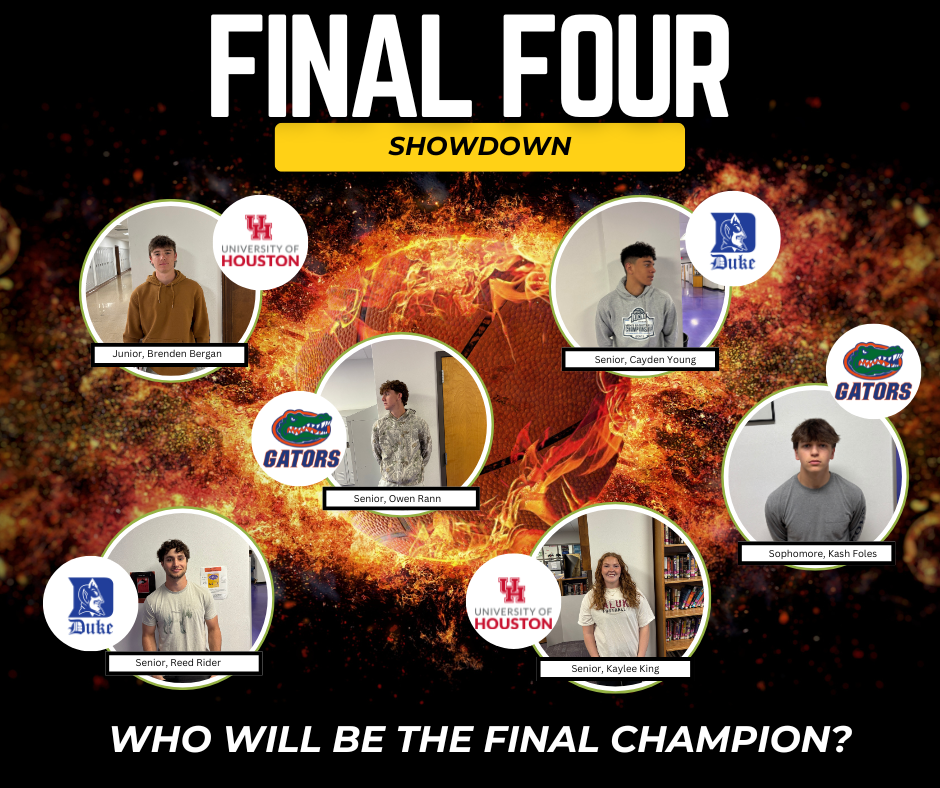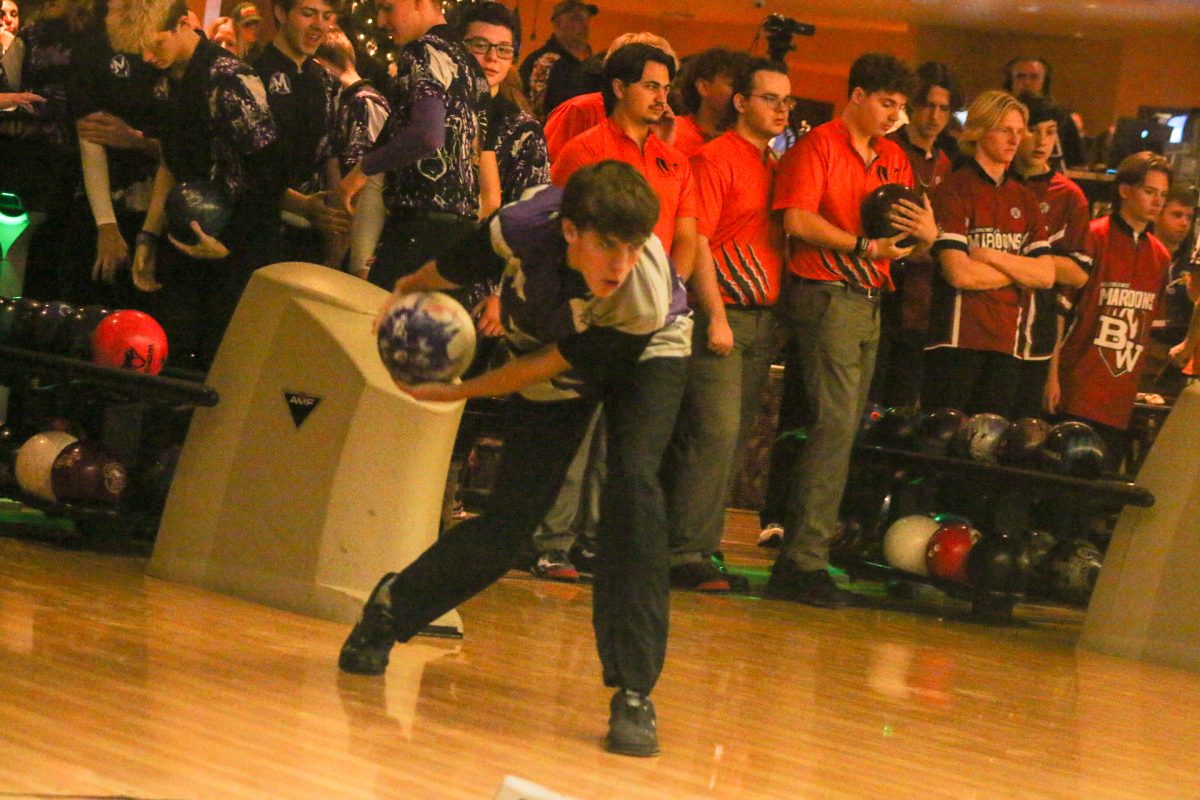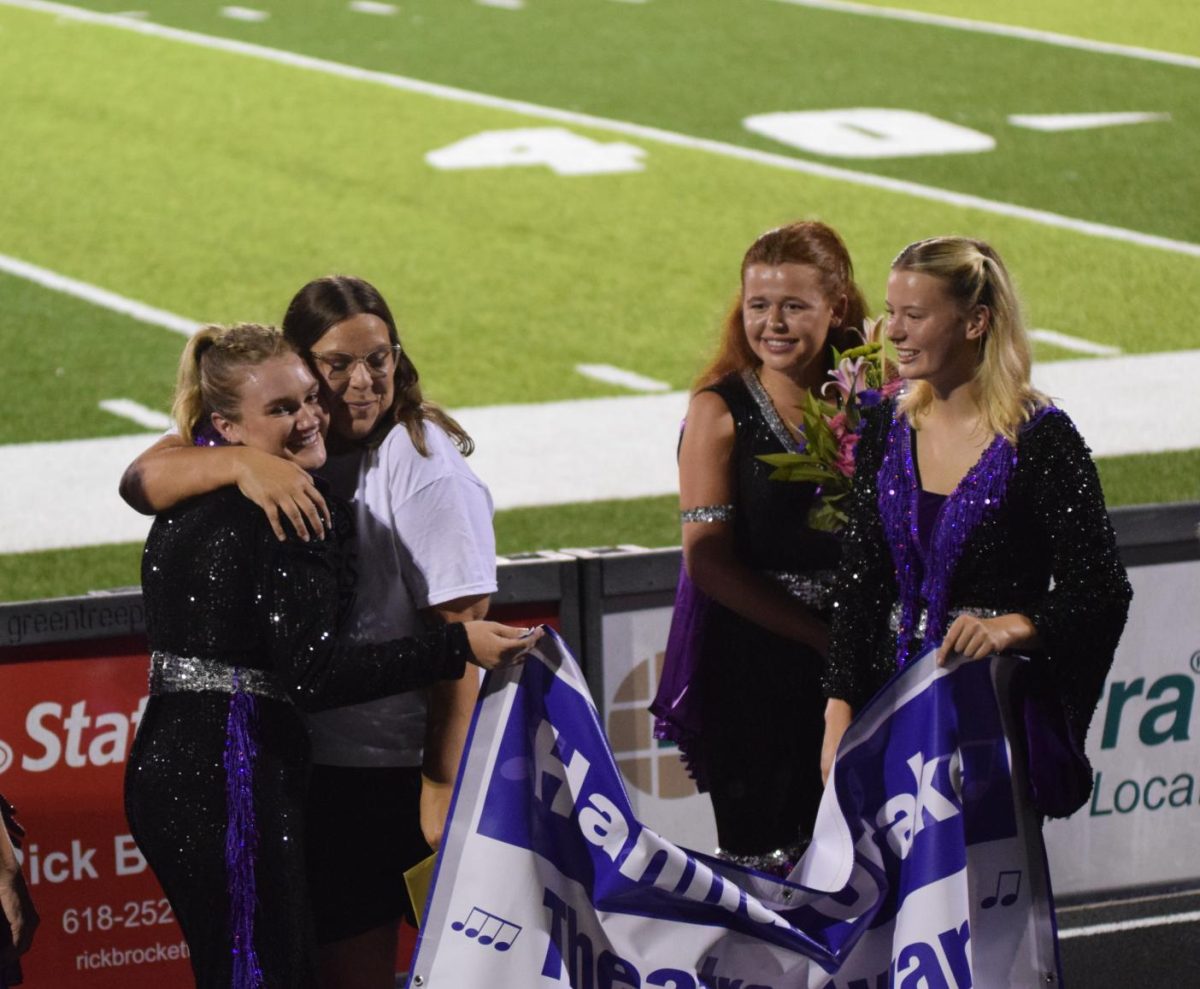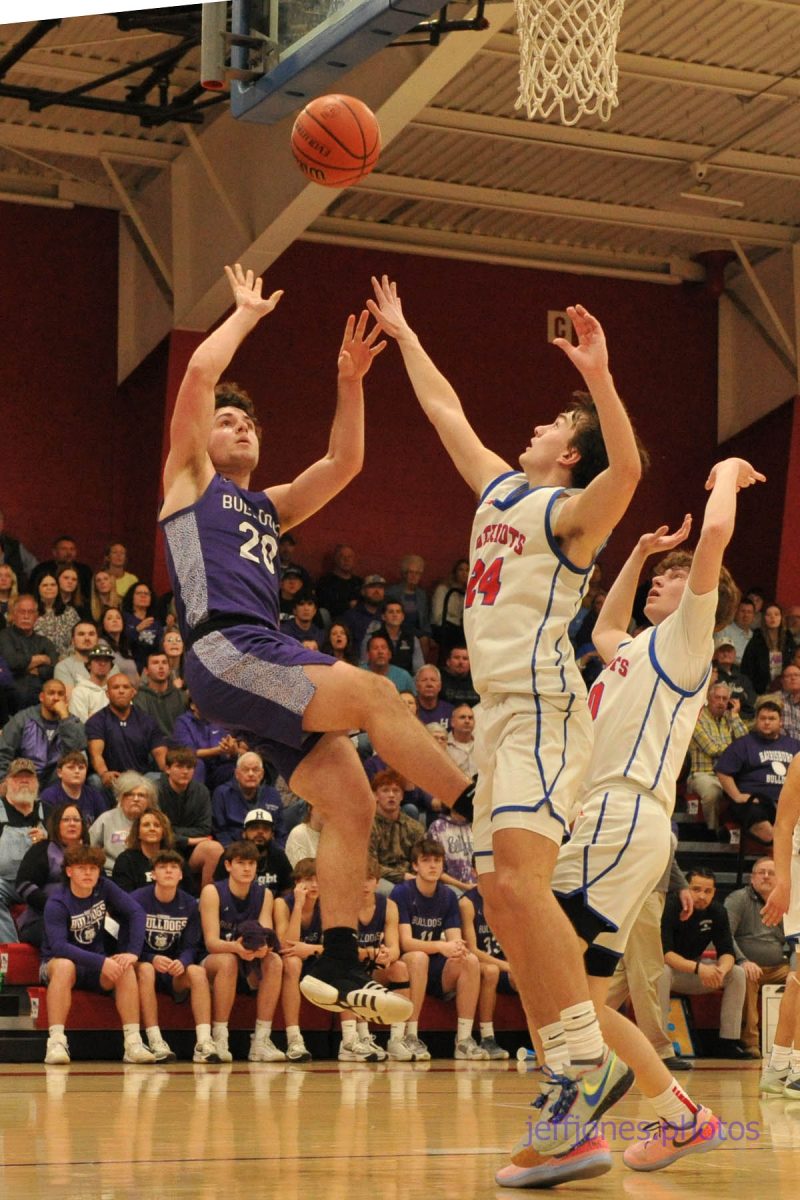After high school, some people may find it difficult to be involved with people their age, namely, in athletics. While it is slightly unconventional, there is an option in roller derby for those interested in getting involved.
Three HHS alumni, Elizabeth Cook (1998), Gatha Moore (1998), and Kari Hill (1998) have all spent portions of their post high school careers with the roller derby team based out of Marion, the Southern Illinois Roller Gremlins (SIRG).
“While there are a lot of complex rules and penalties and nuances to the game, modern flat track roller derby is, at the core, a series of races on skates between two people with starred helmet covers, called jammers,” Cook said. “Everyone is both offense and defense and both jammers can be eligible to score points. Points are scored for passing opponents in bounds.”
SIRG started with humble beginnings in 2009. Cook has been the co-president since its founding as well as taking on a role as coach and new skater trainer.
“I started derby because my best friend asked me to. I did not know how to skate or even what roller derby was,” Cook said. “This was back before the movie Whip It was released during the early days of the flat-track roller derby revival.”
According to Moore, roller derby is a good sport for anyone looking for something high energy and high-contact.
“I came from a big family and had four older brothers and one older sister. The boys taught me how to play football at a young age,” Moore said. “I thought ‘Well, this is probably as close to football as I’ll get contact-wise’.”
Moore skated with SIRG for four years when it began. She says they were the best four years of her life.
Those who end up doing roller derby can attest to how it has helped them grow as an individual.
“(Derby) made me more outgoing and helped me come out of my shell,” Hill said. “It made me realize I can do different things outside of the norm.”
While there are benefits that skaters say come with derby, it does not come without its disadvantages.
“The biggest benefit of roller derby (for me) was the nationwide sisterhood I became a part of. The only cons I experienced were knee injuries,” Moore said.
Cook also cites possible expenses as a necessary evil for some who participate.
“It can be expensive. Roller derby athletes pay dues to participate and also have to buy our own gear, jerseys, travel costs, and skater liability insurance,” Cook said.
Derby can be a good source of exercise for people, regardless of their prior experience.
“I did not do anything like derby in high school. I have had asthma for 33 years and was the opposite of athletic. I didn’t even know how to skate when I started with derby,” Cook said. “I was a nerdy theater and band kid. The only skill that has carried over is writing press releases, one of my tasks as president.”
One unique aspect of roller derby is having a name on the track.
“We all pick a derby name, often tough or skate-related sounding version of a name or phrase,” Cook said. “Mine is Dread Pirate Robyn, a nod to ‘The Princess Bride.’”
Moore’s derby name was CassaBlockya and Hill’s was Killer Pickle.
There are multiple ways for students to get involved with SIRG.
“You must be 18 to join the league, but we have spaces for volunteers to be Non-Skating Officials. We also have a continuous need for poster and merch design,” Cook said.
SIRG will be having a roller derby game, known as a bout, April 6 at the Pavillion in Marion. “The Gremlins will be taking on Como Roller Derby for their Roller Eclipse bout which will be followed by a scrimmage. Admission is $10,” Cook said.

